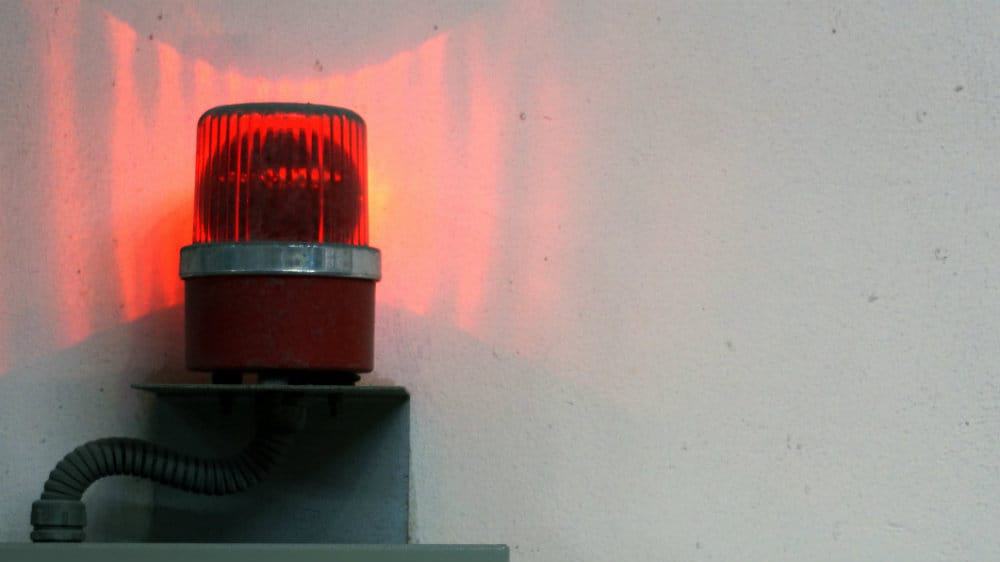The CRA was very cool about the CERB application process. The situation was probably too overwhelming, and closer scrutiny of applications and thoroughly screening qualified individuals would have wasted a lot of precious time. But that’s not the case anymore. Unlike before, the CRA is working near its full capacity, and the department seems determined to do it right with the CRB.
So, if you don’t qualify for the EI, and your income has been reduced to less than half of what you were earning before, the CRB might be your only option to make ends meet without incurring debt. If you are qualified, you should have no problem applying for the CRB, and to ensure that your application isn’t rejected, there are two things you need to look into first.
Keep applying for work
To qualify for the CRB, you have to prove to the CRA that you have been applying for jobs and haven’t turned down any reasonable employment offer. And remember, “the job is too difficult for me” doesn’t qualify as a legit excuse to turn down an offer. The smart thing to do would be to keep the record of every job you apply for, whether it’s a full-time position, part-time gig, or freelance work.
And if you are rejecting an offer, make sure it’s on reasonable grounds, and as an extra precaution, do ask the potential employer to send you an approved offer. If they reject that or don’t reply, you can prove (if the CRA discovers you’ve rejected an offer) that you tried your best to land a reasonable job.
Don’t earn too much
That’s something that the CRA wouldn’t like when you are filing your returns. If your income exceeds $38,000 (including the benefit payments, both the CERB and CRB), you’ll have to pay $0.5 for every $1 you received over $38,000. So, if your net income for the year is $40,000, that’s $2,000 over the threshold. You would need to pay $1,000 back if you received that much in the CRB income.
The untouchable benefit
There is one benefit payment that the CRA can’t touch, and that’s the one you create for yourself with your TFSA funds. If you had invested just $2,000 in Toromont Industries (TSX:TIH) when 2011 started, your shares in the company would now be worth about $10,000 (with dividends reinvested). That’s enough for five months of CRB. In a way, it’s even better than the CRB: it’s tax-free.
Toromont is currently a bit overpriced. It would have still been a buy (especially considering its dividend history and its growth rate), but the yield is not very attractive. But if another market crash comes, this 30-year-old aristocrat should be on your radar.
Foolish takeaway
Even if you qualify for the CRB and your income doesn’t push through the $38,000 threshold, you might still have to pay taxes on the CRB payment you’ve received. The 10% that the CRA is withholding at the source before releasing the payment to you might not be all the tax you need to pay. Similarly, if you received the CERB when it was available, that’s part of your taxable income as well.









